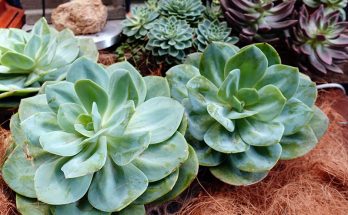
Can Succulents Grow Without Soil
You may have seen succulents in beautiful pots with no soil and wondered, can succulents grow without soil? The answer is yes. Succulents can be planted with a variety of …
Can Succulents Grow Without Soil Read MoreAll about garden, watering and agricultural

You may have seen succulents in beautiful pots with no soil and wondered, can succulents grow without soil? The answer is yes. Succulents can be planted with a variety of …
Can Succulents Grow Without Soil Read More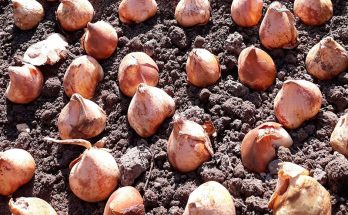
Do you want to add a splash of vibrant color to your garden this year? Planting tulip bulbs is a great way to do just that. But before you dive …
How To Plant Tulip Bulb Read More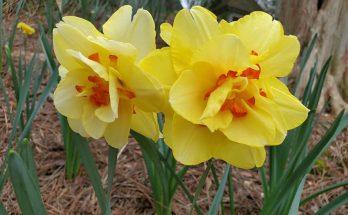
Daffodils are beautiful and beloved flowers that bring joy to many gardens. They come in a variety of colors and sizes, and not only look lovely but can also be …
Do Daffodils Spread By It Own? Read More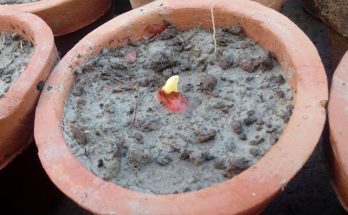
Growing and caring for tulips is a delightfully rewarding experience. It’s essential to learn the basics of planting so that you can get the most out of your beautiful blooms. …
How Deep To Plant Tulip Bulbs Read More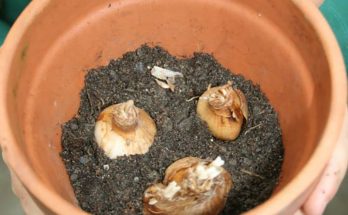
Are you ready to add some vibrant color to your garden? Daffodils are one of the most popular spring flowering bulbs, and they can really make a statement in any …
How Deep To Plant Daffodils Bulbs Read More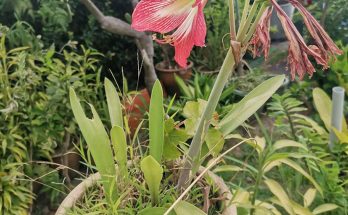
Daffodils are beautiful flowers that bring a cheerful touch to any garden or home. After the daffodil blooms, it’s important to take care of them properly so they can continue …
What To Do With Daffodils After Flowering Read More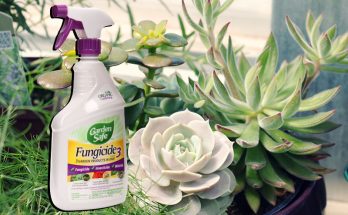
Succulents and cacti are popular houseplants that require minimal maintenance. But even the hardiest of plants need protection from fungi, which can cause them to become sick or die. Fortunately, …
What Are The Best Fungicides For Succulents And Cactus Read More
Whether you’re a beginner or an experienced gardener, this article will provide all the tips and tricks you need to ensure your succulent thrives. From choosing the right potting soil …
Black Rose Succulent(Aeonium) Grow And Care Tips Read More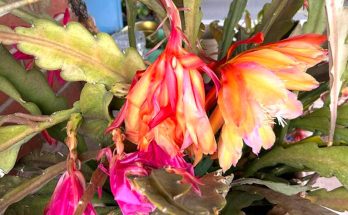
Are you looking for a plant that is easy to care for, but still looks impressive? Look no further than the orchid cactus. This type of cactus is both beautiful …
Orchid Cactus(Epiphyllum Spp) Care Tips Read More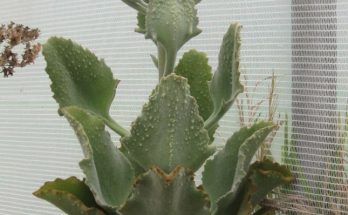
Are you looking for a new, interesting houseplant? A plant with variety and character? Look no further than kalanchoe varieties. These succulents, native to Madagascar, come in many shapes and …
Choosing the Perfect Kalanchoe Variety: A Comprehensive Overview Read More